Picture this: your car suddenly plunges into water. It’s terrifying, disorienting—and it can happen to anyone. What you do in the first two minutes could mean the difference between survival and tragedy. Let’s break it down step by step, so you’re never caught off guard.
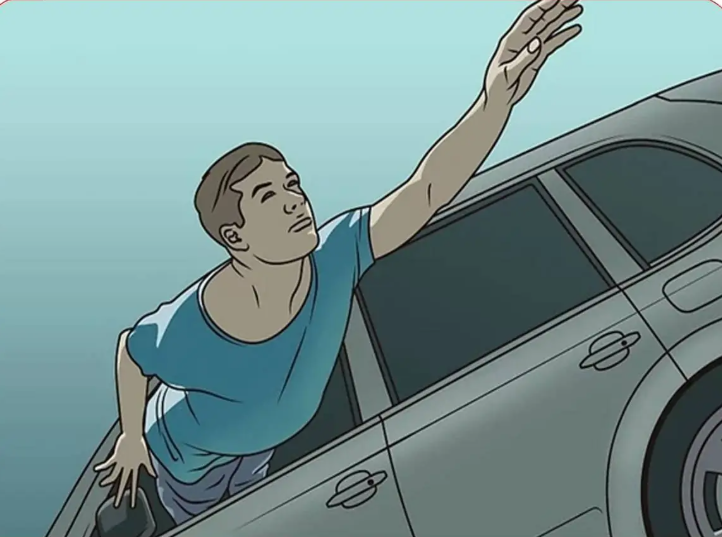
1. Unbuckle Your Seatbelt Immediately
Time is everything. Your car will likely float for about 30 to 120 seconds before it sinks completely. That short window is your golden chance to escape. The first thing? Release your seatbelt without hesitation. It sounds simple, but in a panic, even that can feel like a chore. Train yourself to make it automatic.
2. Get the Windows Down—Fast
Once the seatbelt is off, lower the windows right away. Most car electrical systems work for up to 3 minutes underwater—if you’re lucky. Don’t waste time trying to open the doors. The water pressure outside is too strong. Trying to push open the door could flood the car faster and make escape even harder.
If your windows won’t roll down due to electrical failure, go for plan B: break them.
Video : How To Escape A Flooding Vehicle
3. Use a Tool to Break the Window
Breaking a car window isn’t easy. That’s why it’s smart to keep a specialized emergency tool in your vehicle at all times. You can find compact hammers that also cut seatbelts and act as flashlights. If you don’t have one, try using your keys, a screwdriver, or even your shoe heel. Aim for the side or rear windows—not the windshield, which is much stronger and nearly impossible to shatter.
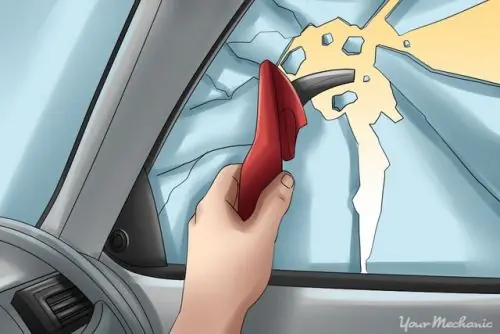
4. Stay Calm if You Can’t Break the Window
If all else fails and you can’t get the window down or broken, don’t panic. Wait until the water inside the car rises to your chest. That’s the point when the pressure inside and outside equalizes, and you’ll finally be able to open the door. It might sound terrifying, but staying calm is your lifeline here. Take one last deep breath and push.
5. Help Children First—Always
If you’re not alone, get kids out before yourself. Signal them to take a deep breath, then assist them through the window or opening. If they can swim, guide them. If they can’t, help them grab onto any floating object. Never try to escape first and come back—it’s too dangerous and rarely works.
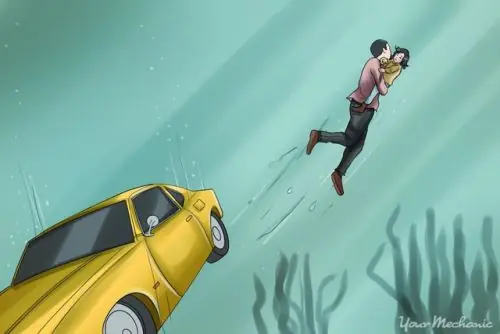
6. Swim Toward Light and Bubbles
Once you’re out, you might feel disoriented underwater. The trick? Follow the light or the direction of the air bubbles—they always rise to the surface. Keep your movements smooth and controlled, even if you’re in a panic.
7. Keep Tools Within Arm’s Reach
This one’s all about preparation. Always store a window-breaking tool somewhere you can grab it quickly—think glove box, center console, or driver-side door pocket. Some even attach it to their keychain or steering column. Seconds count.
Video : How to get out of your car underwater!
8. Don’t Rely on Calling for Help
You might think your first instinct should be to grab your phone and dial 911. But that eats into your precious escape window. Prioritize escape first. Once you’re safely out and at the surface, then make the call.
9. Watch for Airbags After Impact
If the crash into water is strong enough, your car’s airbags might deploy. Keep your hands on the steering wheel properly (at 9 and 3 o’clock) to avoid injury. For passengers, ducking their heads or covering them with their arms can help reduce impact injuries.
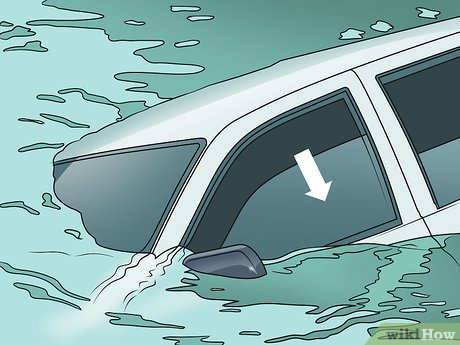
10. Know When NOT to Open the Door
Never try to open the car door when the water is above window level—it’s nearly impossible due to pressure and will flood the cabin instantly. If you somehow manage to open it early, you may trap others inside. Only open the door when the car is fully submerged and the pressure is equalized.
11. Use the Headrest if You’re Desperate
In a pinch and no tools are available? Remove your headrest. The metal prongs can be used to strike the side window. Insert one of the rods into the corner of the window and push forcefully.
12. Push Kids Out the Window Before Yourself
It might seem faster to exit and then pull kids out—but that’s risky. It’s much safer to push children out first while you’re still in position to guide them. Once they’re safely out, follow them immediately.
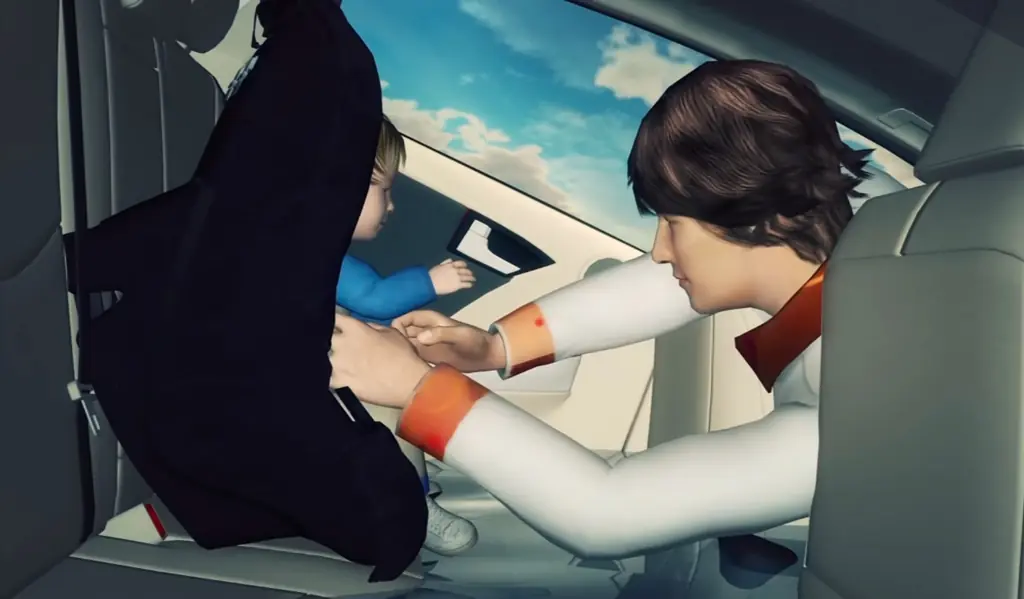
13. Swim and Don’t Look Back
Once you’re free from the vehicle, don’t linger. Swim to the surface using whatever energy you have left. If you’re unsure where the top is, follow light, bubbles, or just keep kicking upward. Your life literally depends on forward motion.
14. Train Your Mind, Not Just Your Hands
This isn’t just about gear—it’s about mindset. Mentally rehearse what you’d do in this scenario. The more familiar it becomes in your head, the more instinctive it will be in real life. Your brain is your best survival tool.
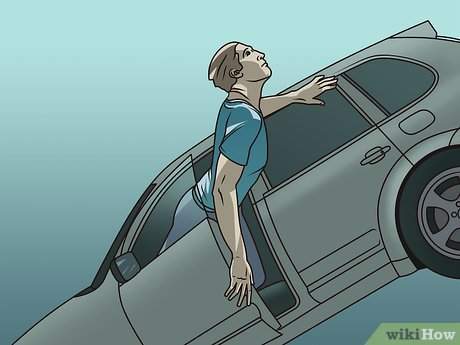
15. Be the Calm in the Chaos for Others
If you’re with others, especially kids, staying calm helps keep everyone focused. Use simple words, be clear, and avoid screaming. Leadership in panic makes all the difference.
Conclusion
Surviving a sinking car isn’t about brute strength—it’s about speed, strategy, and mental clarity. Unbuckle. Break the window. Get out. And above all, stay calm. The water is unforgiving, but if you act fast and think clearly, you can save yourself and those you love. Preparation today could save your life tomorrow.